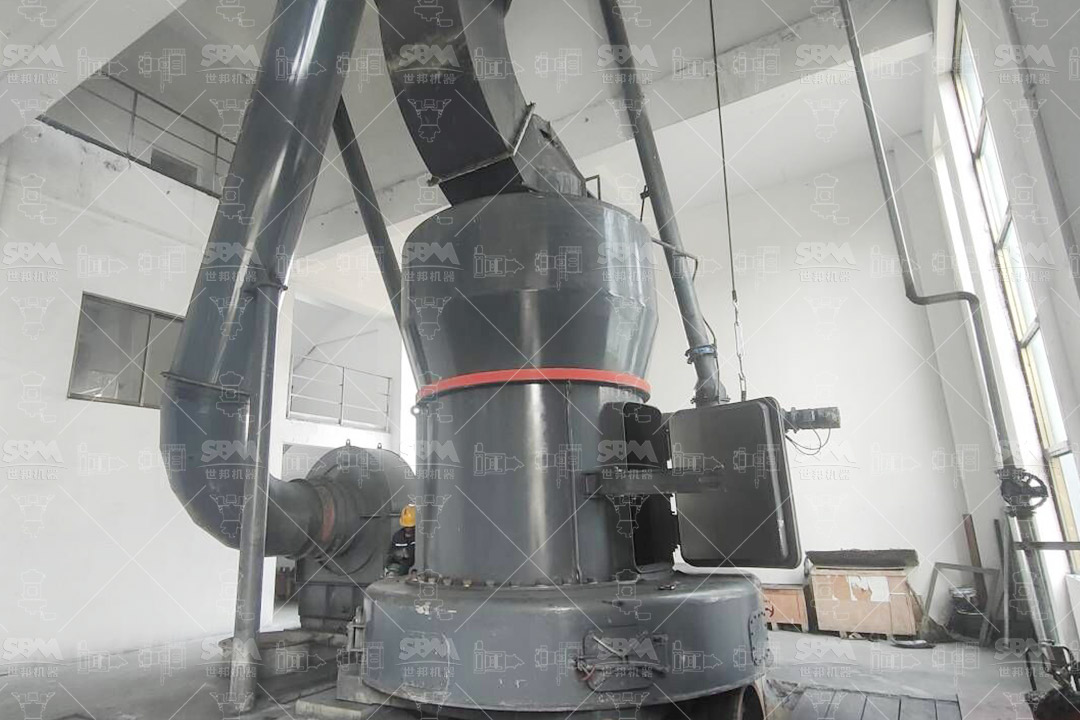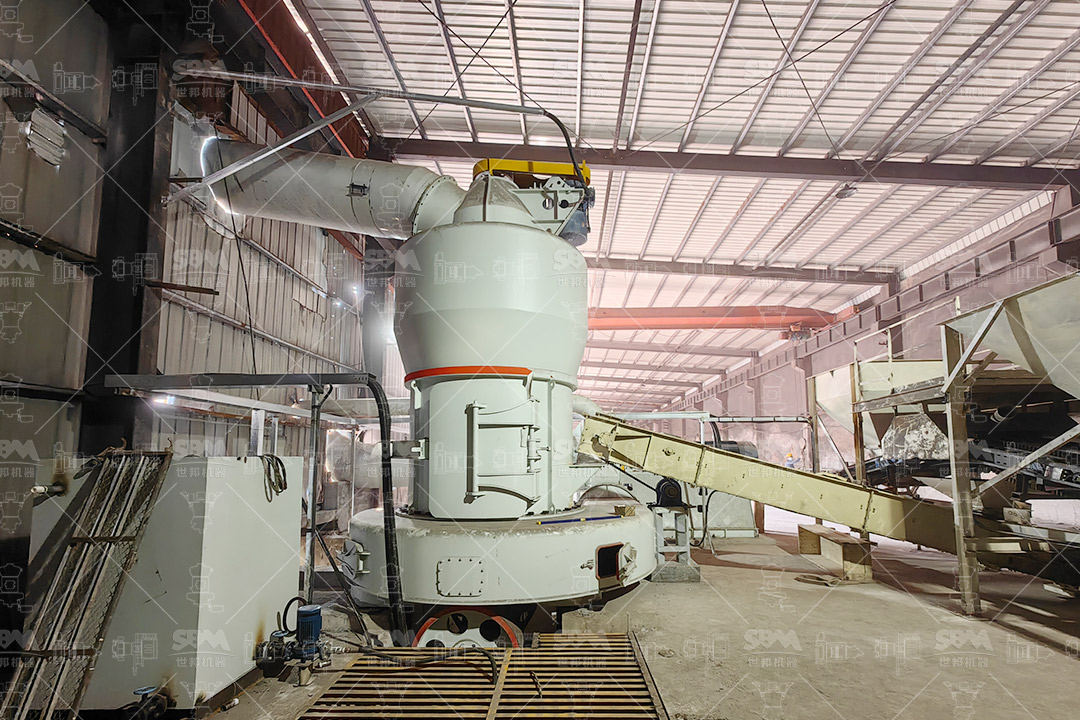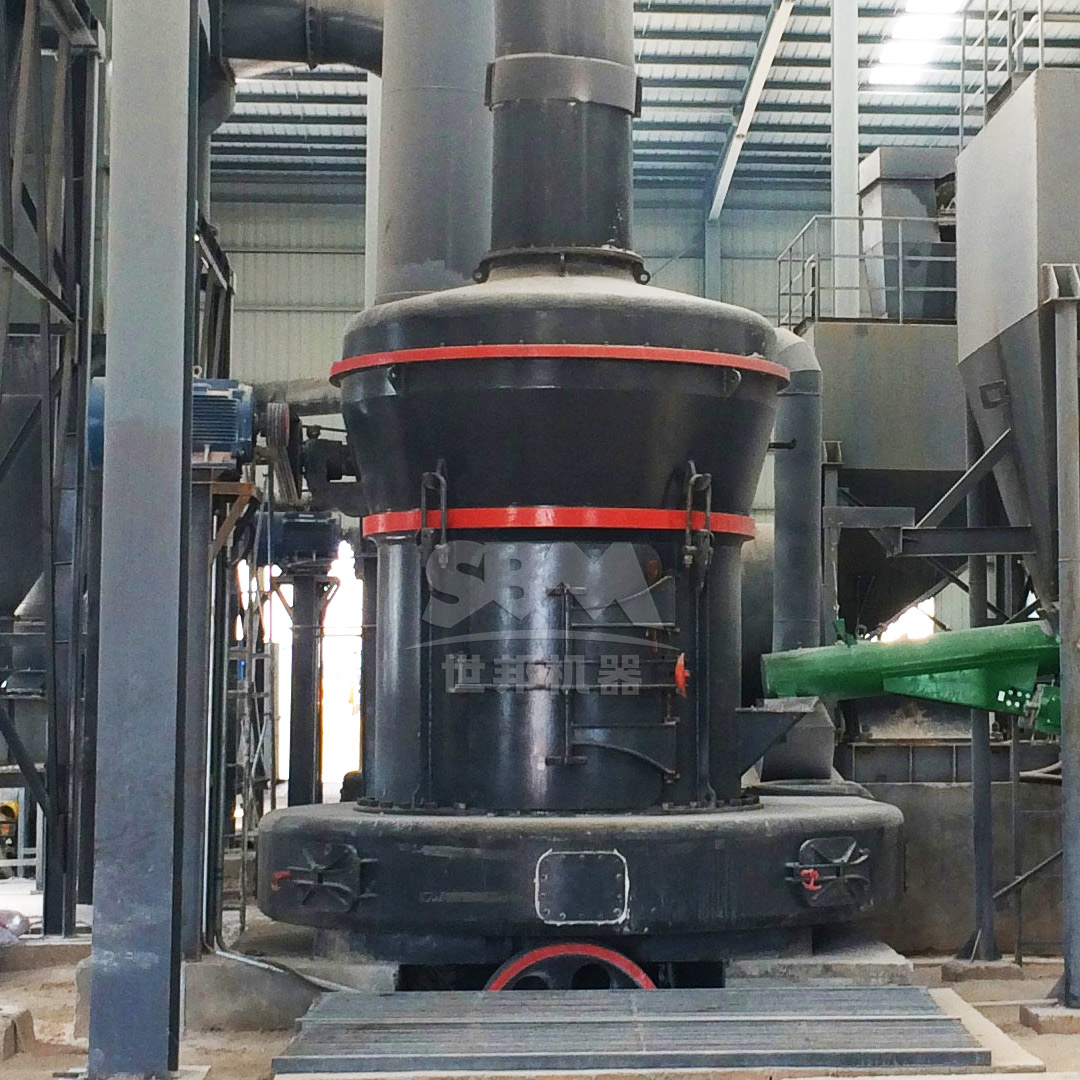Dolomite, a calcium magnesium carbonate mineral (CaMg(CO3)2), plays a crucial role in the chemical additives industry. Its applications range from acting as a filler and extender in plastics, paints, and coatings to serving as a source of magnesium in various chemical processes. The performance of dolomite in these applications is heavily dependent on its particle size distribution, purity, and surface properties, all of which are directly influenced by the grinding technology employed. Selecting the appropriate grinding mill is therefore not merely an operational decision but a strategic one that impacts product quality, production efficiency, and overall profitability. This comprehensive guide will walk you through the critical factors to consider when choosing a dolomite grinding mill for chemical additives production.

The production of chemical additives demands a higher level of precision compared to many other mineral processing applications. The following factors are paramount in the selection process.
The target particle size is the most critical parameter. Chemical additives often require very fine or even ultra-fine powders to ensure high reactivity, uniform dispersion, and optimal performance in the final product.
The mill’s throughput must align with your production goals. It’s crucial to match the mill’s capacity not just for current needs but also for foreseeable future expansion. Capacity requirements can range from small-scale batch production (a few hundred kg/h) to large-scale continuous operations (tens of tons per hour).
Grinding is an energy-intensive process. Mills with higher grinding efficiency can significantly reduce operational costs. Look for technologies that offer a lower kWh/ton ratio, as this directly impacts your bottom line and environmental footprint.
Maintaining the chemical purity of dolomite is essential. The grinding mill must be constructed with materials and a design that minimizes metallic wear and tear, thereby preventing iron or other contaminants from entering the product. Ceramic or special alloy linings are often preferred.
The complete grinding system includes not only the mill itself but also feeders, classifiers, collectors, and dust control systems. A well-integrated, compact system saves valuable floor space and simplifies material handling and process control.
Consider the total cost of ownership. This includes the initial investment, energy consumption, wear part replacement frequency and cost, and the labor required for routine maintenance and operation.
The system must effectively control dust emissions to meet local environmental regulations. Modern mills are equipped with high-efficiency pulse jet baghouse filters that can achieve dust emissions below 20 mg/m³.

Different mill technologies offer distinct advantages and limitations for processing dolomite. The following analysis covers the most common types.
Traditional Raymond mills are suitable for grinding dolomite to a medium fineness, typically up to 325 mesh. They operate on the principle of spring-loaded rollers grinding against a stationary ring. While cost-effective for coarse to medium fine applications, they may struggle to achieve the consistent ultra-fine finishes required for high-end chemical additives and can have higher wear rates compared to more modern designs.
Ball mills are versatile workhorses capable of both wet and dry grinding. They can produce a wide range of fineness. However, for ultra-fine grinding of dolomite, they become less efficient, with high energy consumption and potential for over-grinding. They are also not ideal for achieving a very narrow particle size distribution without a highly efficient external classification system.
Vertical roller mills, such as our LM Series Vertical Roller Mill, are highly efficient for large-scale production. They grind material between a rotating table and rollers. Key advantages for dolomite processing include:
For the most demanding applications requiring micron and sub-micron sized particles, ultrafine grinding mills are the technology of choice. Our SCM Ultrafine Mill is specifically engineered for this purpose. It represents the pinnacle of fine grinding technology for non-metallic minerals like dolomite.
Why the SCM Ultrafine Mill is ideal for high-purity chemical additives:
For a chemical additive producer aiming for the top tier of product quality, the SCM Ultrafine Mill, such as the SCM1000 model (1.0-8.5 t/h, 132kW), provides an unbeatable combination of fineness, purity, and operational economy.
| Mill Type | Typical Output for Dolomite | Key Advantage | Key Limitation | Best For |
|---|---|---|---|---|
| Raymond Mill | 45-325 mesh | Low Capital Cost | Limited to Medium Fineness | Standard Fillers |
| Ball Mill | 0.074-0.8mm | Versatility, Wide Range | High Energy Use for Fines | General Purpose / Wet Grinding |
| Vertical Roller Mill (e.g., LM Series) | 30-325 mesh | High Capacity & Efficiency | Limited Ultra-fine Capability | Large-Scale Production |
| Ultrafine Mill (e.g., SCM Series) | 325-2500 mesh | Superfine Powder & High Purity | Higher Initial Investment | High-Performance Chemical Additives |

Selecting the right dolomite grinding mill is a multifaceted decision that hinges on a clear understanding of your final product requirements and production constraints. While several technologies are available, the trend in the chemical additives industry is towards finer, higher-purity powders that enhance product performance. For these demanding applications, advanced mills like the SCM Ultrafine Mill offer a compelling solution, delivering the precise particle size control, low contamination risk, and energy efficiency necessary to remain competitive. For large-scale production of slightly coarser grades, the LM Series Vertical Roller Mill provides unparalleled efficiency and reliability. By carefully following a structured selection process and partnering with an experienced equipment supplier, you can invest in a grinding system that will serve as a reliable and profitable cornerstone of your chemical additives production for years to come.